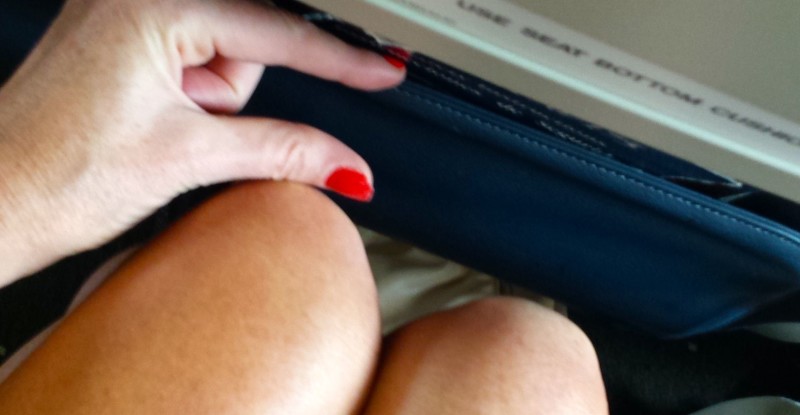Consumer advocacy groups FlyersRights.org and Travelers United are ramping up pressure on US regulators to stop airlines from further shrinking the width of coach class seats and tightening up seat pitch.
“Our immediate goal is to place a moratorium on further seat and space reduction while minimum standards are developed,” FlyersRights.org president Paul Hudson told RGN last year. Since then, the group has circulated a petition in a bid to stop the seat squeeze, calling it a safety issue.
Mandating minimum seat pitch standards, in particular, is necessary “to preclude ingress/egress and health issues”, argues the group. It suggests that the risk of DVT grows when people are seated in restrictive, cramped spaces.
Though a US DOT advisory committee – of which Travelers United chairman Charlie Leocha is a member – failed to agree a recommendation for minimum seat standards, it did flag as a concern the lack of realistic evacuation testing of high-density cabins, and sought assurances that the “90 second evacuation test” can be met when the FAA certifies aircraft (at present, most evacuation testing is done via simulation, not with real people).
But Leocha is also now working with FlyersRights.org on the minimum seat standard petition, reports the Washington Post.
A number of airlines operate widebody aircraft in high-density seating configurations with seat bottoms measuring less than 17 inches in width – less, even, than the 17-inch wide seats on Boeing 737 narrowbodies. Increasingly, the average seat pitch for economy class is a humble 31 inches on longhaul flights, though it can be as little as 28 inches on short- and medium-haul flights. Some airlines may position seats even tighter (at 27 inches) in the future.
Without regulation, says FlyersRights.org, “The sky’s the limit” and airlines will allow seating conditions to further devolve.
Meanwhile, it’s now a common occurrence to see passengers complain about seat width and pitch on social media.
Gov't adopted minimum space requirements for dogs on planes but not ppl. Petition for seat standards; end cabin crush http://t.co/JmChUlSnIx
— Leisa (@lj_myblackeye) September 6, 2015
Their concern is understandable, but as airlines would quickly point out – passengers are still paying for these seats. And the price of airfare is still a main factor when choosing a flight. Unless and until travelers exercise their voice by exercising their wallets to ensure a better passenger experience (#PaxEx on Twitter) – or regulators step in – it’s difficult to see how the current paradigm will change.
RGN addresses the seat squeeze – both how it’s being physically accomplished in aircraft cabins, and why some are crying foul – in the latest episodes of #PaxEx TV below.












